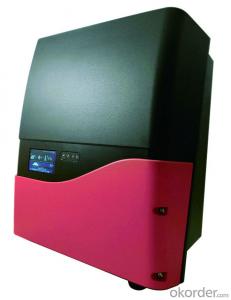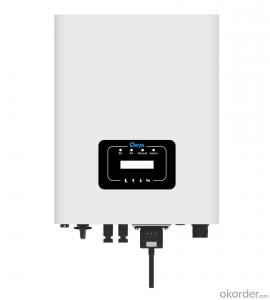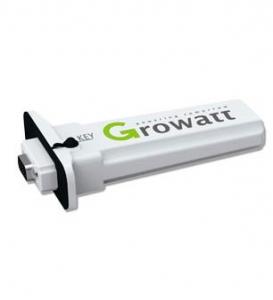Upgrade Solar Inverter
Upgrade Solar Inverter Related Searches
Solar Inverter Upgrade Install Solar Inverter Ups To Solar Inverter Solar Ups Inverter Buy Solar Inverter Resetting Solar Inverter Solar Inverter Replacement Solar Home Ups Inverter Replacing A Solar Inverter Solar Inverter Installation Convert Inverter To Solar Solar Inverter Configuration Reset Solar Inverter Overclocking Solar Inverter About Solar Inverter Convert Ups To Solar Inverter Buy Solar Panel Inverter Inverter Replacement Solar Ups Inverter Solar Choosing A Solar Inverter Solar Inverter Installed Solar Inverter Buying Guide Good Solar Inverter Solar Power To Inverter Use Of Solar Inverter Solar Panel Inverter Setup Solar Solar Inverter Inverter With Solar Charger Inverter For Solar Plug In Solar InverterUpgrade Solar Inverter Supplier & Manufacturer from China
Upgrade Solar Inverter is a high-performance product designed to optimize the efficiency of solar power systems. It plays a crucial role in converting the variable direct current (DC) output from solar panels into a constant alternating current (AC) that can be fed into the grid or used by electrical appliances. This advanced technology ensures that solar energy is harnessed effectively, making it an essential component in the renewable energy sector.The application of Upgrade Solar Inverter is vast, as it is utilized in various scenarios where solar energy is harnessed, such as residential rooftops, commercial buildings, and large-scale solar farms. It is particularly beneficial in areas with abundant sunlight, where the inverter can maximize the energy yield from solar panels, reducing reliance on non-renewable energy sources. By integrating Upgrade Solar Inverter into solar power systems, users can enjoy a more reliable and efficient energy supply, contributing to a greener and more sustainable future.
Okorder.com is a reputable wholesale supplier of Upgrade Solar Inverter, boasting a large inventory that caters to the diverse needs of customers worldwide. With a commitment to quality and customer satisfaction, Okorder.com ensures that each Upgrade Solar Inverter is of the highest standard, providing reliable performance and long-lasting durability. By partnering with Okorder.com, customers can rest assured that they are receiving top-tier products at competitive prices, making the transition to solar energy more accessible and cost-effective.
Hot Products
















































